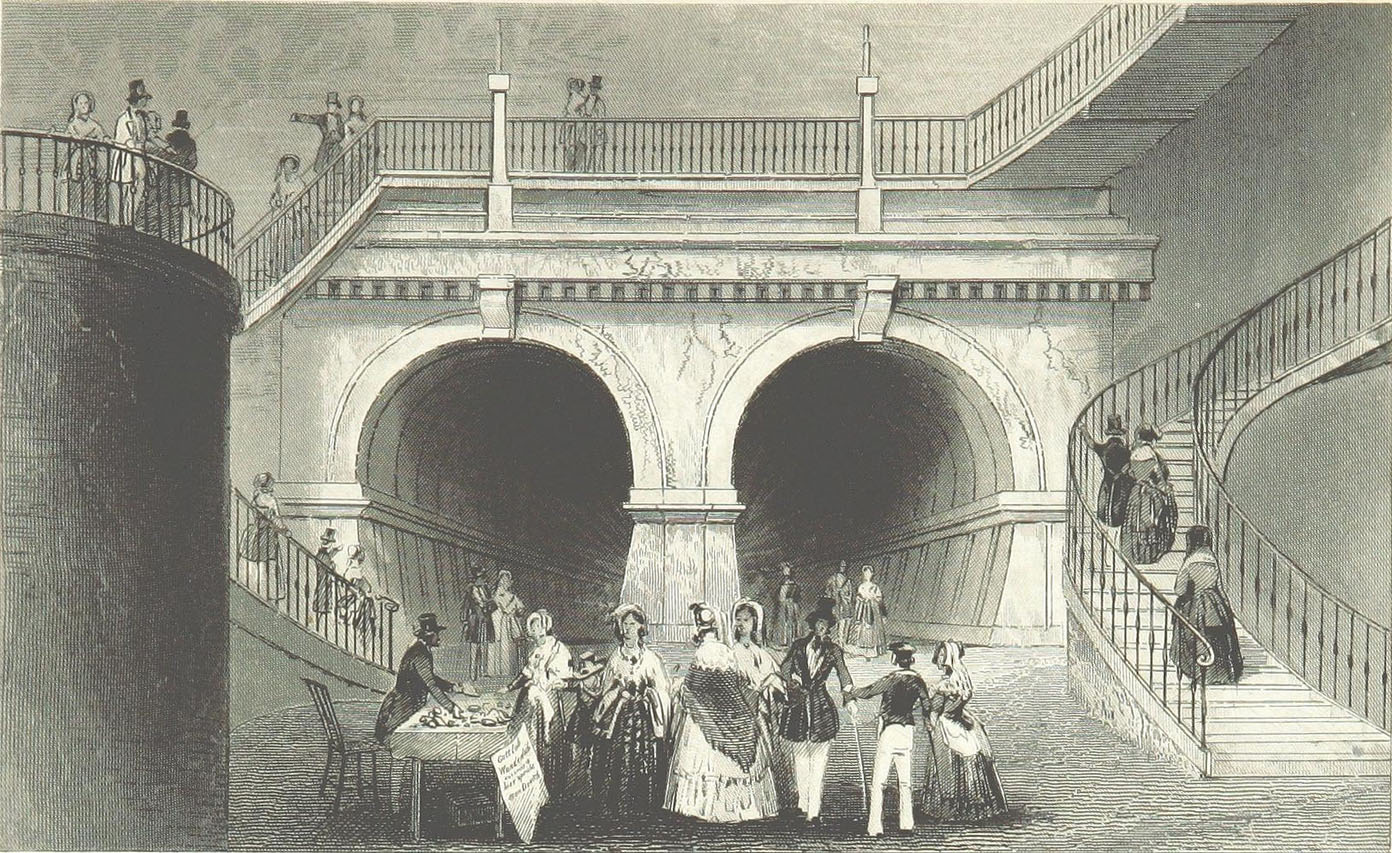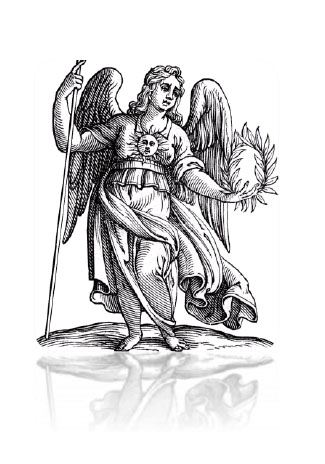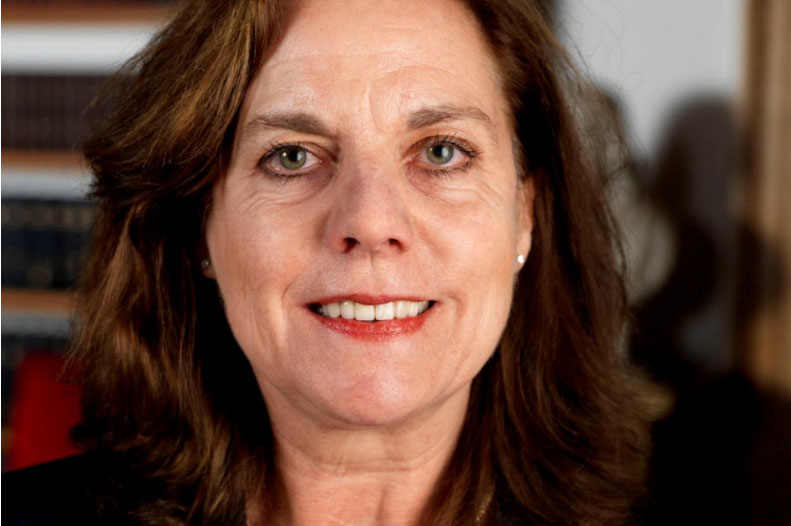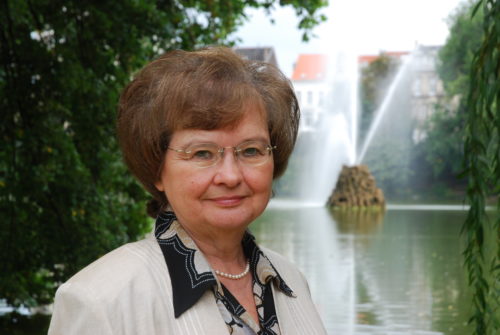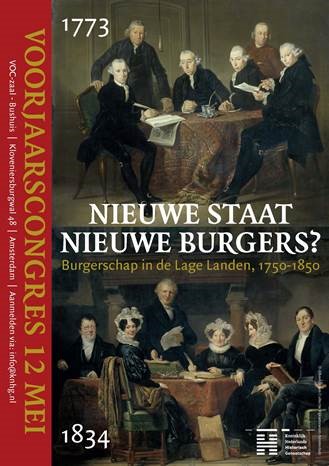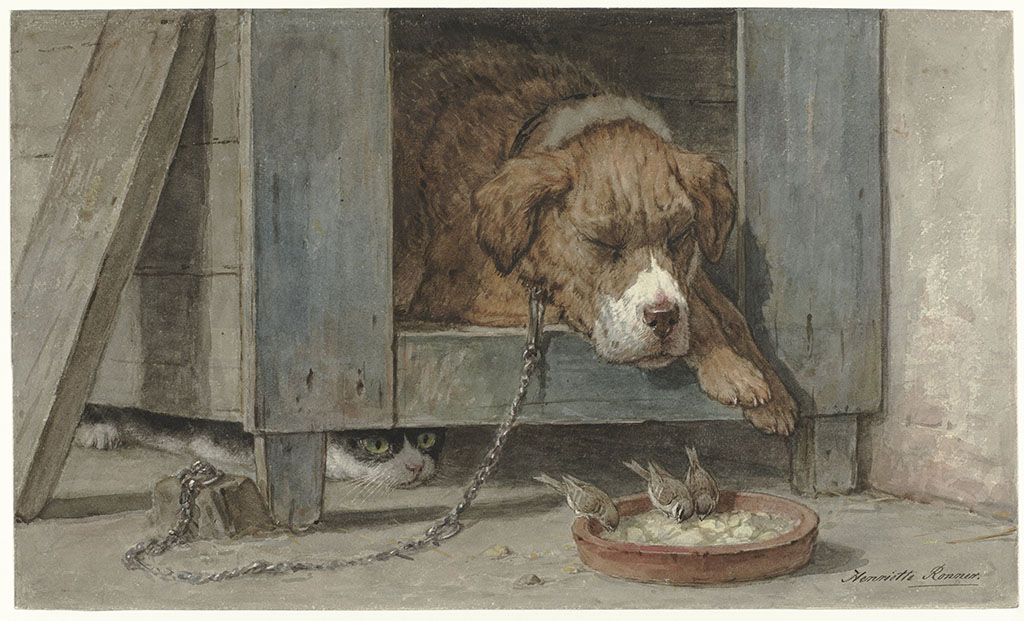Op 5 oktober, 20:00, in Spui25 in Amsterdam, organiseert de
Werkgroep De Moderne Tijd in samenwerking met de Faculteit der Geesteswetenschappen van de UvA de achtste achtste Jacob van Lenneplezing, verzorgd door Robert Verhoogt, over de moderne ontdekking van de aardbodem.
De negentiende eeuw onder de grond
Over de fascinatie voor de aardbodem en de verbeelding ervan
De verwoestende aardbeving op 1 november 1755 in Lissabon leek het einde van de wereld, maar al snel bleek het een nieuw begin. Nadat het stof gedaald was ontstond onder geleerden en het grote publiek een grote nieuwsgierigheid naar de aarde zelf en haar geschiedenis. Natuurverschijnselen zoals spectaculaire vulkaanuitbarstingen werden toeristische attracties, de vondsten van dinosauriërs of Neanderthalers werden breed uitgemeten in kranten en tijdschriften. Ondertussen was er een voortdurende zoektocht naar nieuwe delfstoffen die essentieel waren voor de handel en industrie. Ten slotte bood de ondergrond ruimte aan een wirwar van tunnels en metro’s voor het transport van personen en goederen. Hoe ging men in de lange negentiende eeuw om met al die nieuwe mogelijkheden onder de grond? In de Jacob van Lenneplezing zal Robert Verhoogt ingaan op de fascinatie voor, de verbeelding van en nieuwe opvattingen over de aardbodem in de lange negentiende eeuw.
Dr. mr. Robert Verhoogt promoveerde op zijn boek Reproduction. Nineteenth-Century Prints after Lawrence Alma-Tadema, Jozef Israëls and Ary Scheffer (2007). Hij publiceerde over (foto-)grafische kunstreproductie, Vincent van Gogh en de geschiedenis van het auteursrecht. Hij heeft meegewerkt aan tentoonstellingen over Jozef Israëls, Lawrence Alma-Tadema en de kunsthandelaar Frans Buffa. Zijn meest recente boek is De wereld vanuit een luchtballon. Een nieuw perspectief op de negentiende eeuw (2013). Op dit moment werkt hij aan een boek over de negentiende eeuw onder de grond. In het dagelijks leven is hij senior beleidsadviseur bij de Directie Erfgoed & Kunsten van het Ministerie van Onderwijs, Cultuur en Wetenschap.
De Jacob van Lenneplezing keert jaarlijks op de eerste donderdag van oktober terug en wil de Nederlandse literatuur en cultuur van de negentiende eeuw onder de publieke aandacht blijven brengen. Zij is in het leven geroepen bij gelegenheid van het afscheid van Marita Mathijsen als hoogleraar Moderne Nederlandse letterkunde aan de Universiteit van Amsterdam.
Aanmelden
De lezing is gratis toegankelijk, maar u dient zich wel vooraf aan te melden. Dat kan via http://www.spui25.nl/gedeelde-content/evenementen/evenementen/2017/10/achtste-jacob-van-lenneplezing-robert-verhoogt.html.

